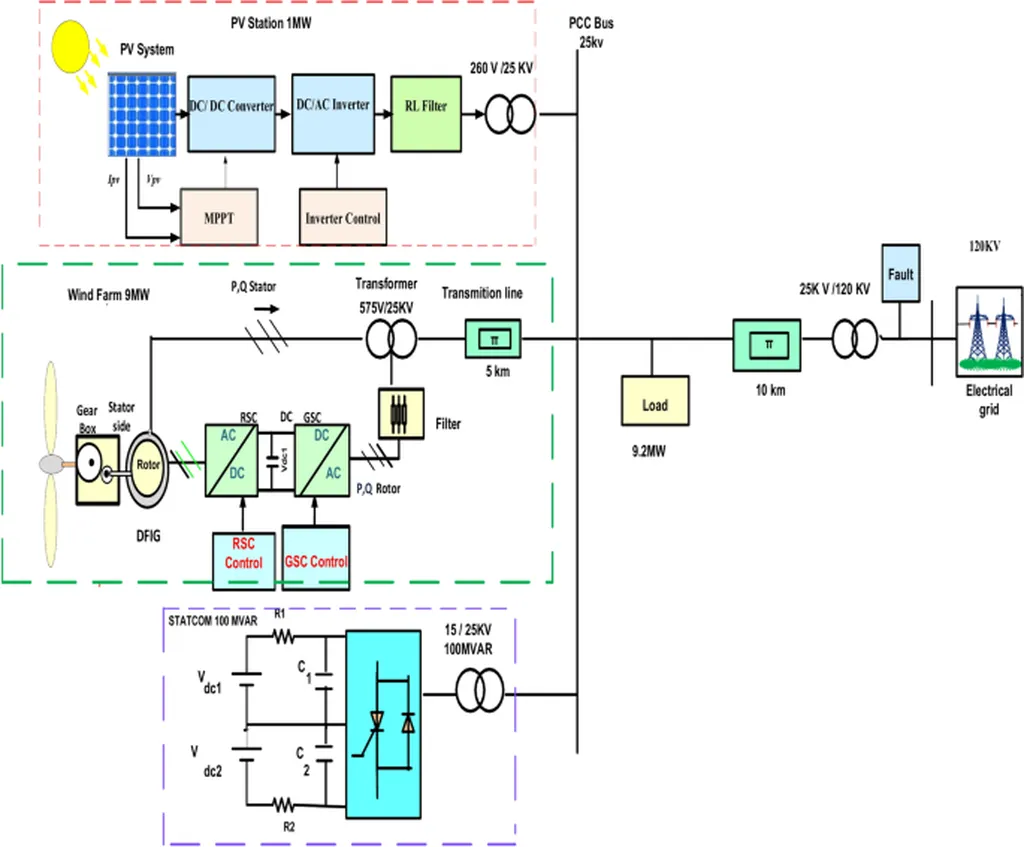In the quest to optimize wind power generation, researchers have turned to advanced control strategies to enhance the performance of doubly-fed induction generators (DFIGs). A recent study published in the *Journal of Harbin University of Science and Technology* introduces a novel approach that combines traditional PID control with BP neural network techniques, offering promising improvements for grid connection processes.
The research, led by Lv Yan-ling from the School of Electrical and Electronic Engineering at Harbin University of Science and Technology, focuses on developing a no-load grid-connected control strategy for variable speed constant frequency wind-power systems. The study highlights the advantages of the BP neural network PID control strategy over conventional PI control methods.
“Our findings demonstrate that the dynamic response of the BP neural network PID control strategy is significantly faster, and the transition process of cutting-in is shorter,” Lv Yan-ling explained. “Moreover, the steady-state accuracy is more precise, and the strategy provides stronger global robustness against voltage fluctuations.”
These improvements are crucial for the energy sector, as they can lead to more efficient and reliable wind power generation. The enhanced control strategy could potentially reduce downtime and maintenance costs, making wind energy a more attractive option for commercial and industrial applications.
The study also underscores the importance of robust control strategies in handling voltage fluctuations, a common challenge in grid-connected systems. By addressing this issue, the research paves the way for more stable and efficient integration of wind power into the grid.
As the energy sector continues to evolve, innovations like the BP neural network PID control strategy are likely to play a pivotal role in shaping the future of renewable energy. The research not only offers immediate benefits but also sets the stage for further advancements in control technologies for wind power generation.
The findings were published in the *Journal of Harbin University of Science and Technology*, contributing to the growing body of knowledge in the field of renewable energy and control systems. This study is a testament to the ongoing efforts to improve the efficiency and reliability of wind power, ultimately driving the transition towards a more sustainable energy future.

